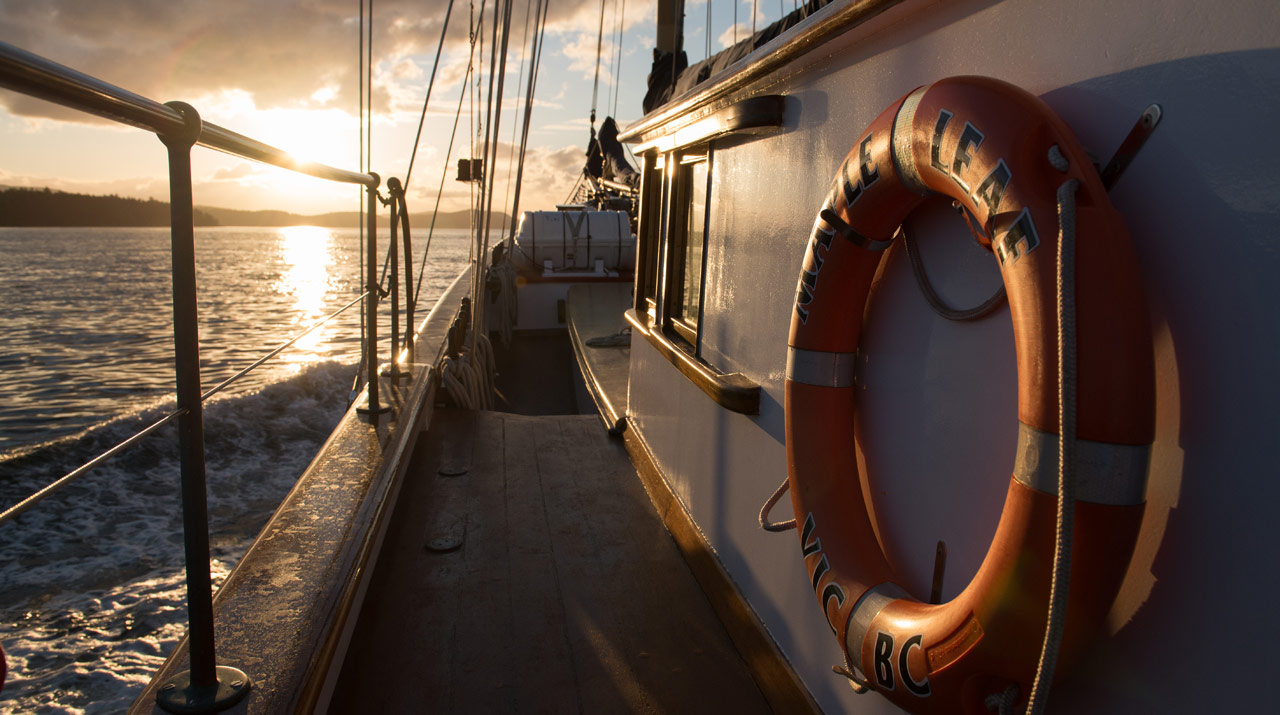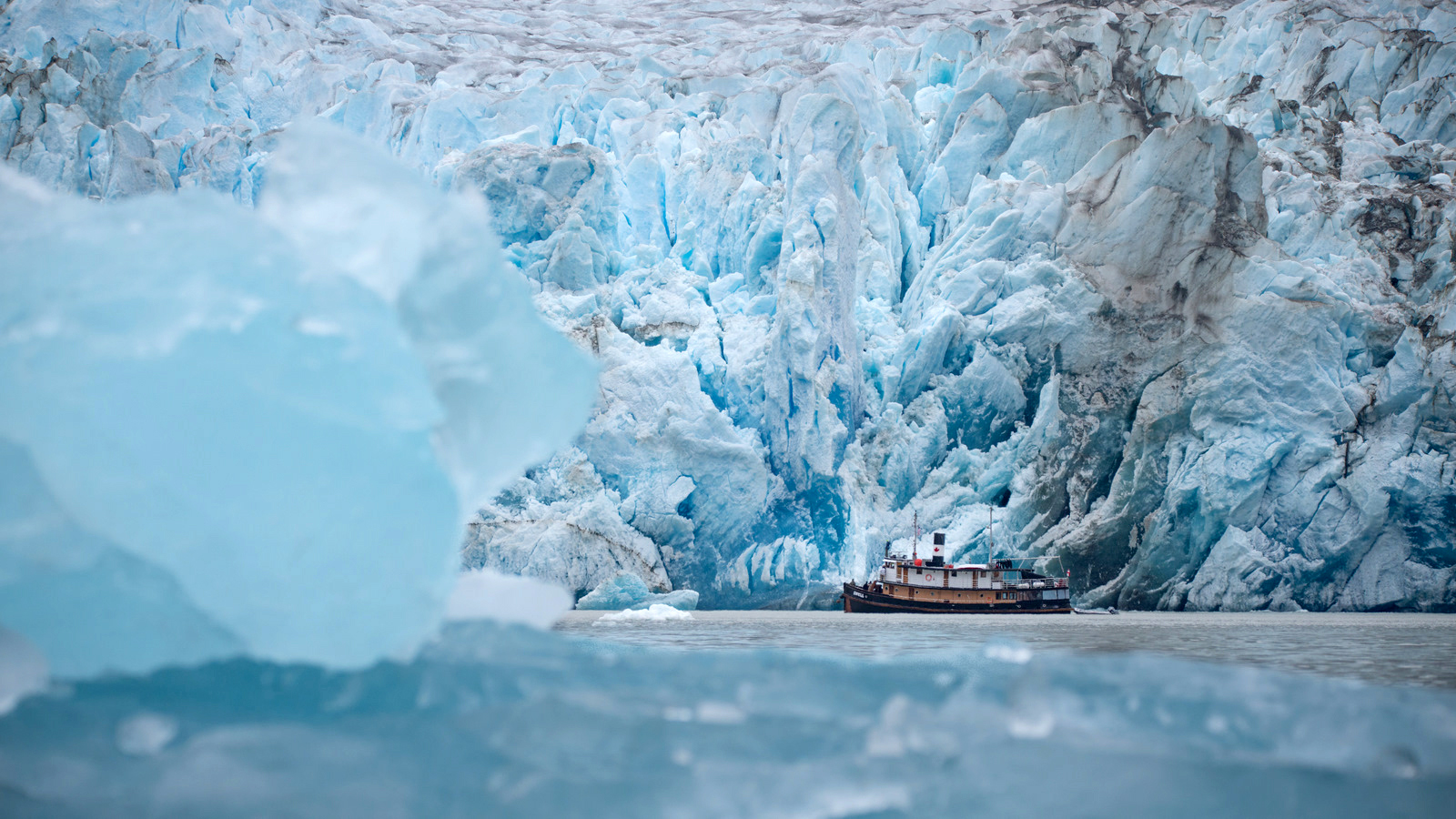| Frequently Asked Question: What are the sea conditions? Answer: Why ocean travel in B.C. and SE Alaska is the calmest on Earth |
|
“Is this a lake or the ocean?” someone once asked me half an hour into a Whales & Totems trip.
There aren’t many places in the world where someone would feel compelled to ask that question. This coast is unique on earth: about 1,500 kilometres of protected waterways, from Puget Sound and the Gulf Islands, up the inside of Vancouver Island and the islands of the Great Bear Rainforest and into southeast Alaska as far as Skagway and Sitka. Because it’s unique, a lot of people have trouble comprehending that even if they are sensitive to motion in other areas of the world, they can take a Maple Leaf trip and be fine. (I know this personally: I can make myself dizzy on a kid’s swing but I’ve travelled through the Great Bear Rainforest with ease.) A Little Geography Explains It Take a look at the maps below of three of the planet’s great marine-based wildlife areas: Antarctica, the Galapagos Islands and the Inside Passage of British Columbia & Alaska.
All of the islands off the coast of B.C. and Alaska create protected water. Why? First, wind blowing over water creates waves. The longer the distance the wind has to blow over the water, the more it stirs up waves, and the larger they can get. The distance that the wind can blow over water unimpeded is called “fetch“. When you have a large open area of water (the entire Pacific or southern ocean, for example), you have a very long fetch. The other important thing is that waves (they are energy moving through water) continue to travel until they hit land and break up. So if you have a very large body of water, then you have lots of potential waves being created that continue through it. In North America’s Pacific Northwest, all the offshore islands help in two ways:
That’s why when you are on the Inside Passage, the water is quite flat. The same happens when you enter many bays and coves. An additional benefit of our ship Maple Leaf is that she’s a very heavy ship with a 40,000 lb. lead keel. This means she is a much steadier ship than small boats or fibreglass boats you may have been on before. Maple Leaf rides slowly and calmly on the sea. Similarly, our luxury expedition catamaran Cascadia is very stable on the water. Swell, too, is a heavy vessel and keeps only to the inside waters. All are perfect for the cruising areas they’re in. How to Choose Your Trip
On other trips, you may have an area or two where there are swells for a couple of hours, depending on the weather. But everything else is protected. Generally these are:
The only Maple Leaf trip that may be exposed to swells for longer periods (but still nothing like the Galapagos or Antarctica!) is the Wild Side of northwestern Vancouver Island. However this is mitigated again by the protection afforded by Checleset Bay, Kyuquot Sound, Quatsino Sound, Brooks Peninsula and Vancouver Island itself. So, if you have been wondering to yourself, “will I be seasick?” … the answer is that likely you won’t. So come on out and enjoy the coast! Learn more about our boutique expedition cruises in Alaska and British Columbia. |







